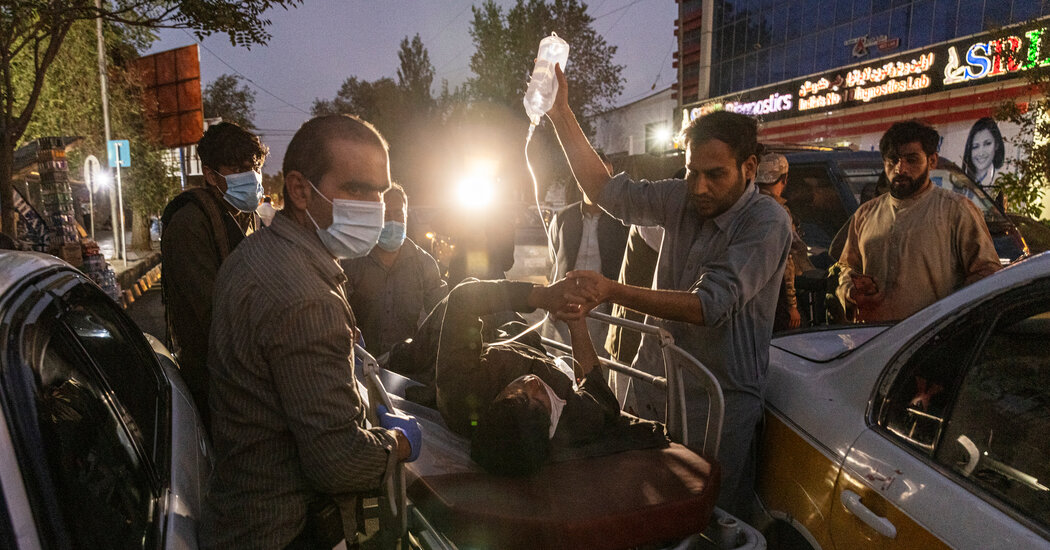
In October, Colin H. Kahl, the under secretary of defense for policy, told the Senate Armed Services Committee that ISIS-K could be able to attack the United States sometime in 2022. “We could see ISIS-K generate that capability in somewhere between six and twelve months,” he said.
The Parwan prison at Bagram and the Pul-e-Charkhi prison near Kabul were the Afghan government’s two main high-security prisons. The United States built Parwan in 2009 and transferred it to Afghan government control three years later.
On July 1, with little warning and no public ceremony, U.S. forces abandoned Bagram Air Base, the main hub for American military operations. Six weeks later, on Aug. 15, Taliban fighters swept into the base and threw open the prison gates.
The Taliban killed one prominent prisoner — a former top leader of the Islamic State in Afghanistan, Omar Khalid Khorasani — and released more than 12,000 others, including roughly 6,000 Taliban, 1,800 ISIS-K and nearly three dozen Qaeda fighters, according to U.S. officials.
“The fiasco in Afghanistan has put hundreds of terrorists back on the street,” said Bruce O. Riedel, a former C.I.A. officer who ran President Barack Obama’s first Afghanistan policy review.
One of them was Mr. Logari, the son of an Afghan merchant who frequently visited India and Pakistan for business. Mr. Logari moved to India in 2017 to study engineering at Manav Rachna University near New Delhi.
Recruited by ISIS-K, Mr. Logari was arrested in relation to the New Delhi plot and handed over to the C.I.A. by India’s foreign spy service, the Research and Analysis Wing, in September 2017, according to Indian media reports that were confirmed by American officials. A C.I.A. spokesman declined to comment.



